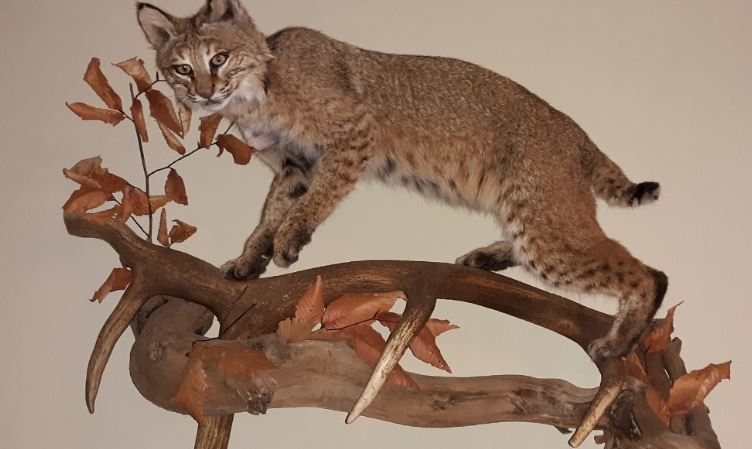Taxidermy in Popular Culture: Beyond the Natural History Museum

Taxidermy has transcended its traditional boundaries, finding a place in popular culture that goes beyond museum exhibits and hunting trophies. Its presence can be felt in various facets of contemporary life, ranging from art and fashion to film and interior design.In the realm of art, taxidermy has been embraced by modern artists who use it to explore themes around life, death, and the human relationship with nature.
By incorporating taxidermied animals into their work, artists can provoke discussions about mortality, conservation, and the often exploitative relationships humans have with the animal kingdom. This has been seen in the works of artists like Damien Hirst and Polly Morgan, whose use of preserved animals often stirs intense public conversation about ethical boundaries and artistic expression.The fashion world, too, has played with taxidermy, particularly in avant-garde segments.
Some designers, like Alexander McQueen, have incorporated elements reminiscent of taxidermy into their collections, though always walking the fine line between homage and controversy. These fashion statements, while bold, often serve as commentary on the interplay between nature and human intervention.In film and television, taxidermy is sometimes used to convey a character's eccentricity or an eerie ambiance.
Shows like "Hannibal" and films such as "The Grand Budapest Hotel" use taxidermy to add depth to storytelling taxidermy for sale, leveraging its visual impact to enhance atmosphere and suggest themes of preservation versus decay.Additionally, taxidermy has found a place in modern interior design. It’s not uncommon to see homes and businesses displaying taxidermied animals as part of eclectic or rustic aesthetic themes.
These pieces often serve as conversation starters, merging the line between art and nature. However, they also raise questions about taste and morality that continue to generate debate among designers and audiences alike.Taxidermy in popular culture reflects broader societal fascinations with the natural world and our complex relationship with it.
Its presence across various media and applications signifies more than mere decoration or shock value; it stands as a testament to taxidermy's enduring ability to provoke thought, elicit emotion, and engage discussions on themes that are as relevant today as they have ever been. Through these cultural lenses, taxidermy continues to resonate as more than just a craft—it becomes a narrative device and a reflection of our ever-evolving dialogue with the animal kingdom.
